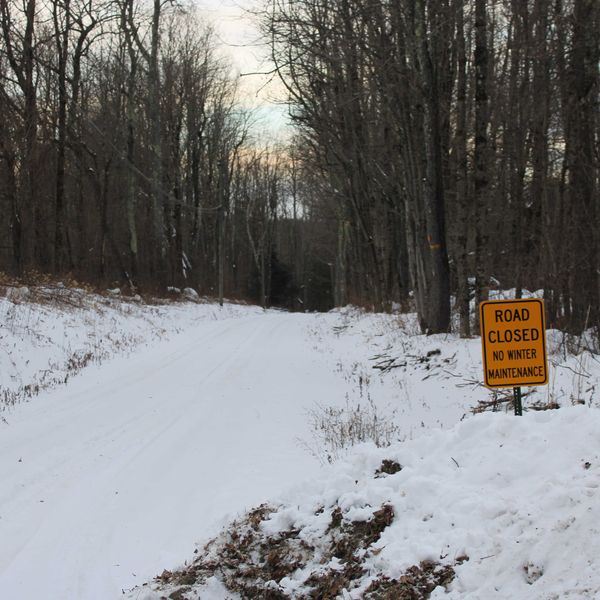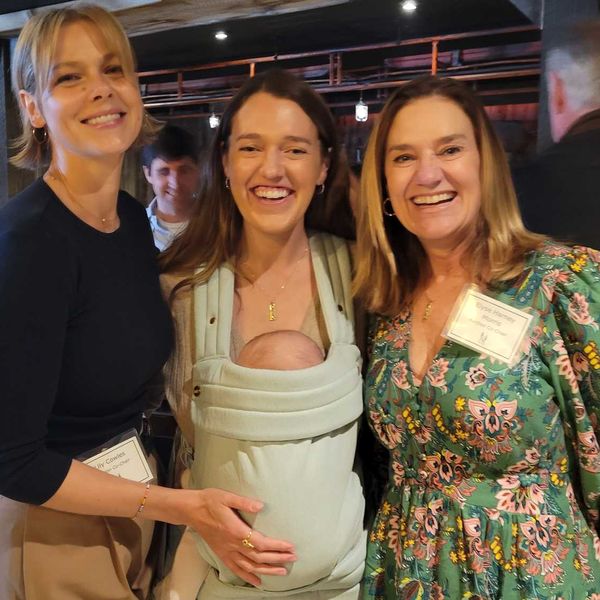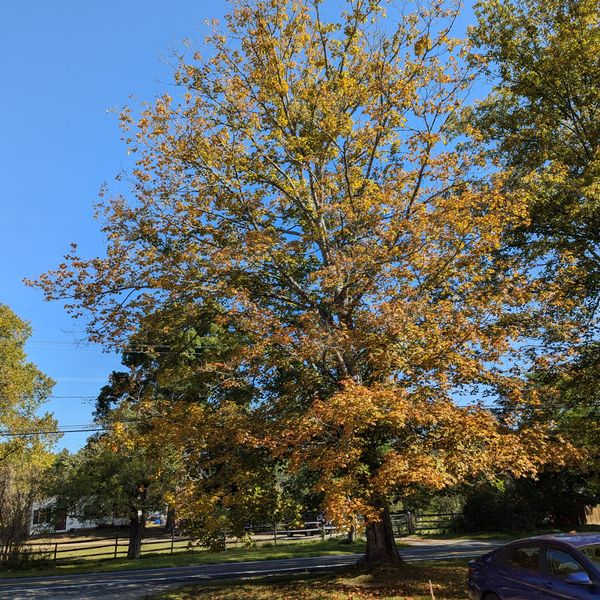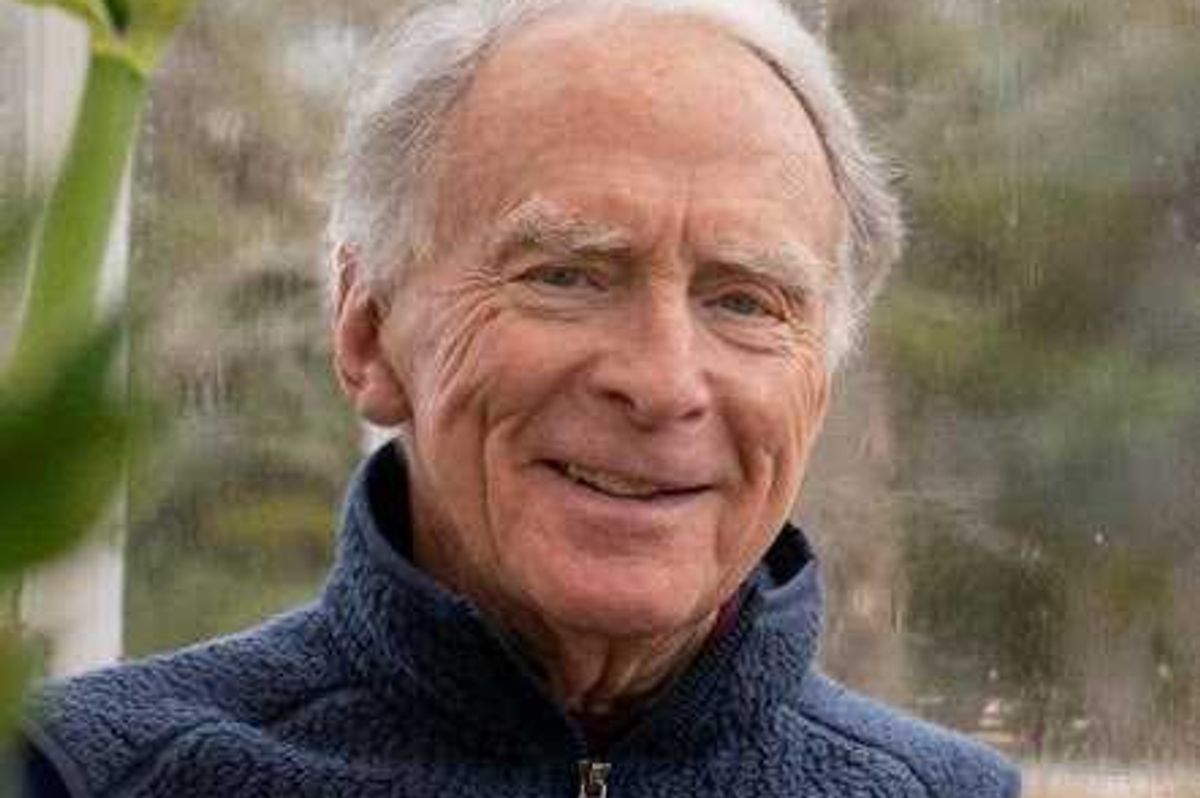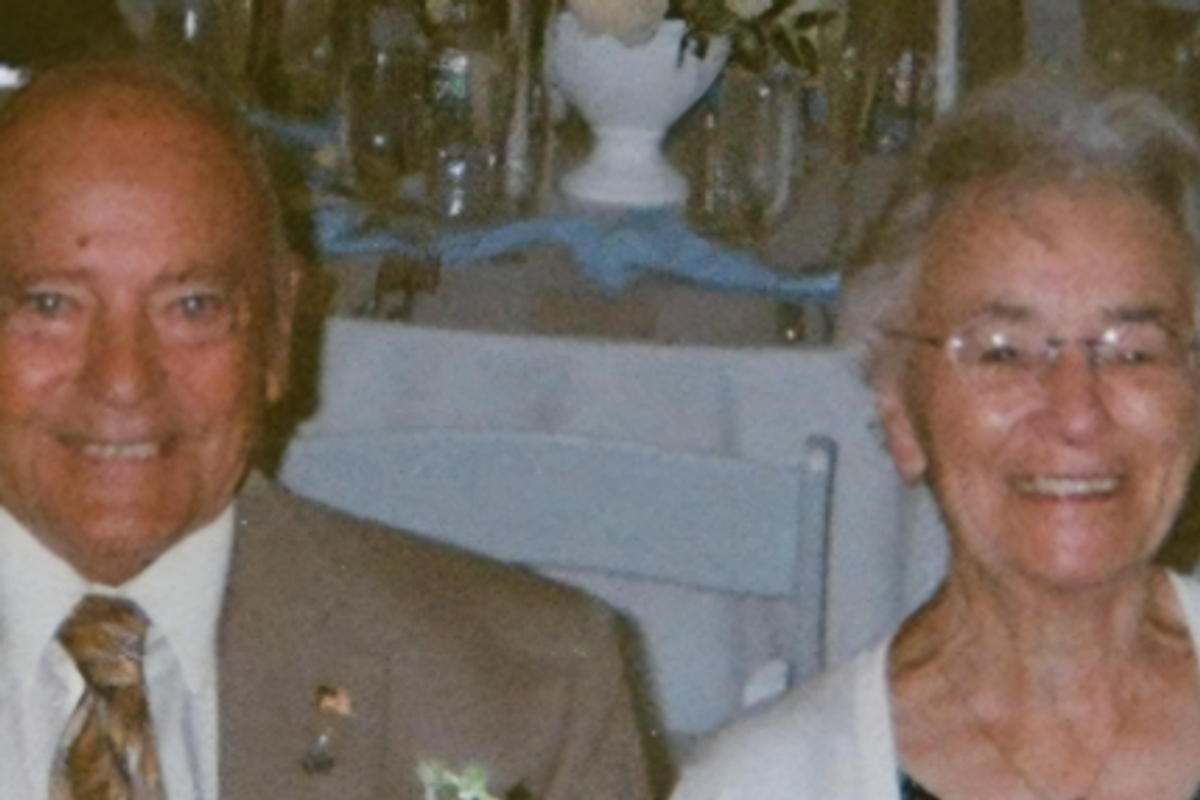Hydrilla’s ‘alarmingly rapid’ spread prompts state survey of boat launches
“We are in the middle of a fight right now with hydrilla, and each punch definitely hurts a little more.” Jeremiah Foley, Assistant Scientist and Biological Control Specialist, Connecticut Agricultural Experiment Station/Office of Aquatic Invasive Species

Map showing hydrilla survey sites at state boat launches.
Courtesy of OAIS

